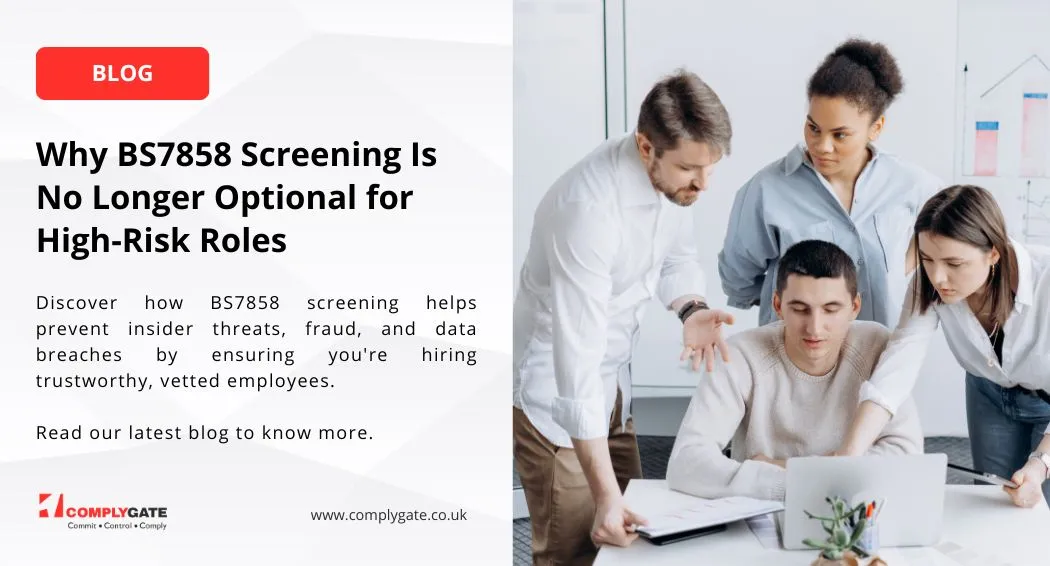Administering Remote Redundancy Conversations
With massive job losses continuing to further disrupt the economy, employers worldwide are dealing with redundancy consultations and various related matters including their proper conduction in a sensible environment. One of the major aspects therein is the role that video discussion shall play. The redundancy curve shall exhibit a sharp rise over the course of the next few months as the Govt. has wound down the furlough scheme.
Redundancy has been listed as one of life’s most stressful events. A majority of those affected shall have a lasting psychological and emotional impact. It is a representation of contrasting periods - end of something familiar and the beginning of something unfamiliar. Redundancy is characterised by an overwhelming sense of loss, sadness, fear of an unknown future, with all these factors contributing more or less to anxiety.
It is highly likely that these feelings will be exacerbated further, in view of the Covid-19 pandemic gripping populations worldwide, thus creating an extremely challenging environment for jobseekers. Thus, it is absolutely imperative that empathy and sensitivity be made key ingredients for any redundancy discussion.
The entire scenario must also be considered from the point of view of logistics. All public and private employment establishments are closed, with the mispositioning of social distancing norms still applicable and in place. This makes it imperative to conduct whatever redundancy discussions there may be between any number of groups to be conducted remotely. Announcing redundancy decisions is an extremely big issue and must be announced responsibly and with discretion, in comparison to the past practices of announcing redundancy decisions using social media or through text.
Carrying out redundancy consultation:
Plan the process in advance and carry it out as outlined below:
- Plan and decide the date and time for carrying out consultation.
- Identify the key stakeholders to have the consultation with.
- Assist in the election of employee representatives remotely.
- Consult individually with each employee in case of no nominees.
- Share appropriate information to all key stakeholders.
- Conduct the consultation process.
- In case of any requests asking to postpone consultation, respond appropriately.
Best Practices
The best practices in HR handbooks all agree on the fact that redundancy should be planned, properly communicated and fair. Employees outlined for redundancy should be consulted at every step. This is needed to ensure that informed decisions are made and all stakeholders are advised on each step of the process. Also, valued employees must be treated with respect and consideration and weight should be given to their concerns and opinions. Facilitating redundancies is a most difficult decision which an employer has to grapple with eventually. Utmost care has to be taken to ease the process of communication and to ensure that listening and connecting are made comfortable.
Extra impetus has been placed on remote communications due to social distancing norms and community lockdowns enforced due to prevailing Covid-19 pandemic, wherein maintaining proper procedures and a balance of communication is of utmost importance.
Communication
Redundancy discussions which are difficult must be face-to-face wherever possible. This is because such discussions help build greater understanding, connection, sense of safety and empathy between both the parties. As this option has been removed for the time being, what other alternatives should the employers look for?
In a partnership study research conducted by Cisco, note was taken of different communication methods and the impact they made on the users based on trust and effective leadership. The majority of users favoured Email as their preferred form of communication at work on the basis of its quickness, convenience and reliance.
However, from an employee’s perspective, it may be the worst option as it is nonetheless a blunt way to communicate a life-changing decision. This can be the most likely reason to create misunderstanding and conflict. These attributes are likely to create resentment and disappointment among the staff who are leaving as well as those who are staying. There is also significant discomfort on the side of the employer at conducting difficult conversations with the employees.
Conversing through phone makes one able to interact better and introspect clearly by hearing and judging through the tone of voice. Studies have outlined the importance of tone of voice in conveying intention, sincerity and politeness when conveying messages in an important conversation.
Video-conferencing, the third option, offers some of the most deducible cues to understand various participants in a meeting with considerable belief and trust. Even though it takes time to get used to seeing ourselves on a screen, video allows us to communicate openly, sincerely and easily understand important body language cues. Difficult discussions shall include uncomfortable eye-contacts and the level of emotional frustration shall be clearly visible, but the utmost thing to do is to deliver the message openly, fairly and transparently.
Video as the next best option
Covid-19 has drastically altered the way the redundancy process is approached by employers. While nothing can replace in-person meetings and conversations, the usage of video communication is better than all other available alternatives as it reduces misunderstanding and builds up on engagement and trust.
However, video cannot replace face-to-face meetings. Once lockdown eases up to the extent of facilitating safe human contact, it is always recommended that in-person discussions be made priority. However, even though it has its own set of challenges in moderating discussions, video is the most preferable means of communication for the time being.











